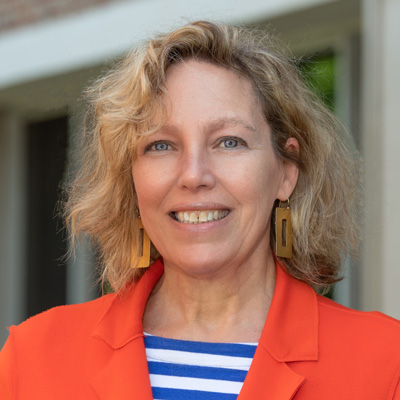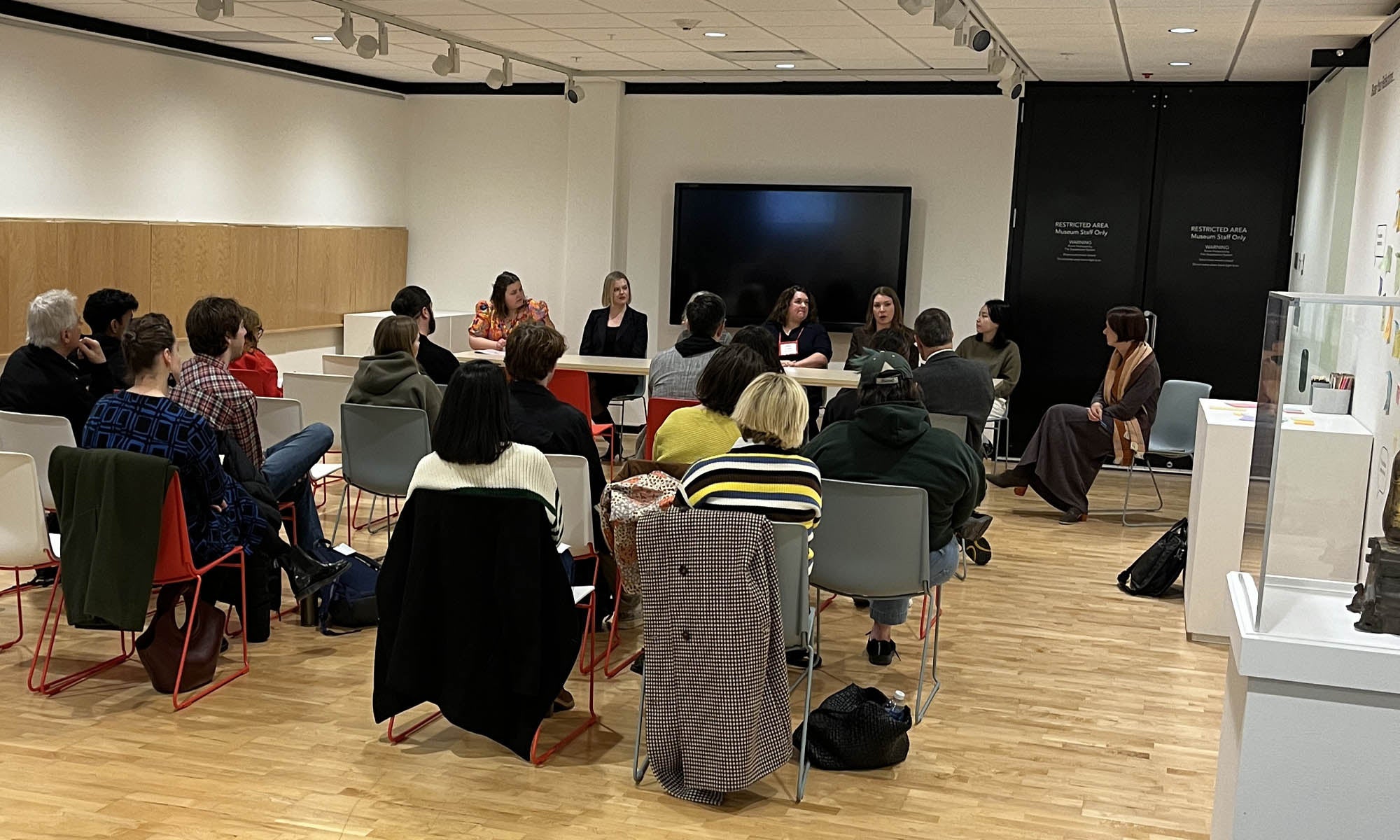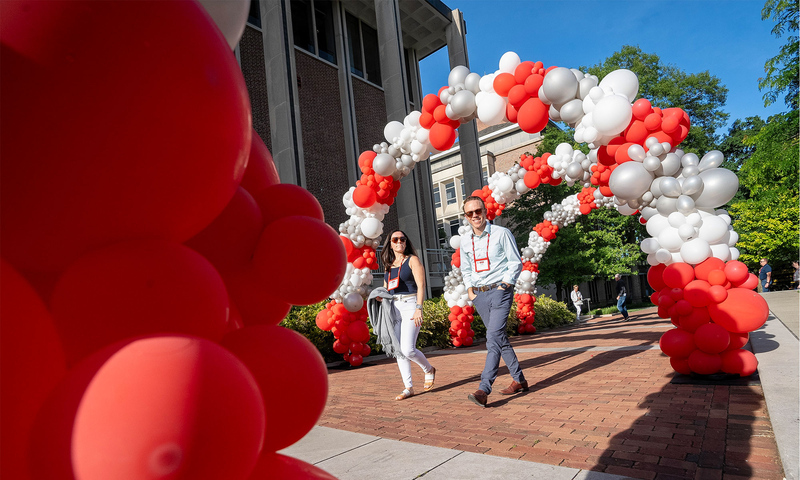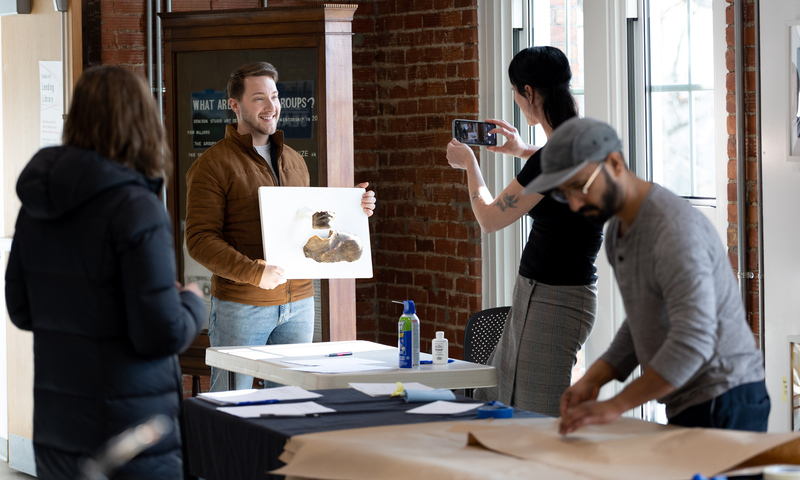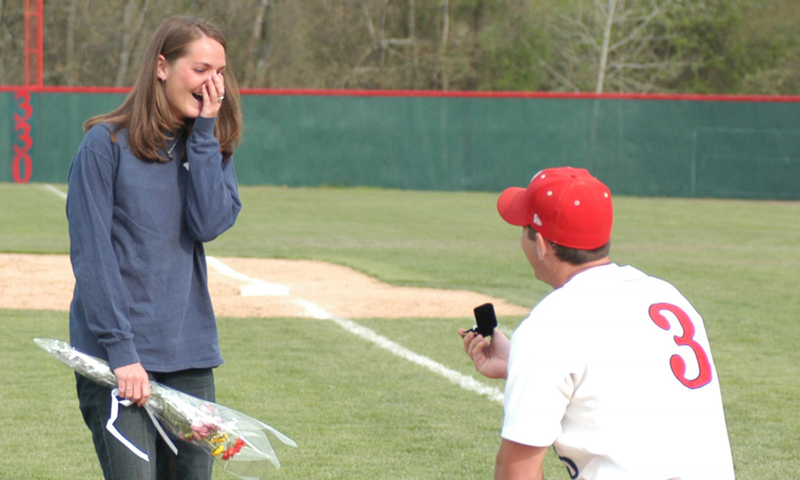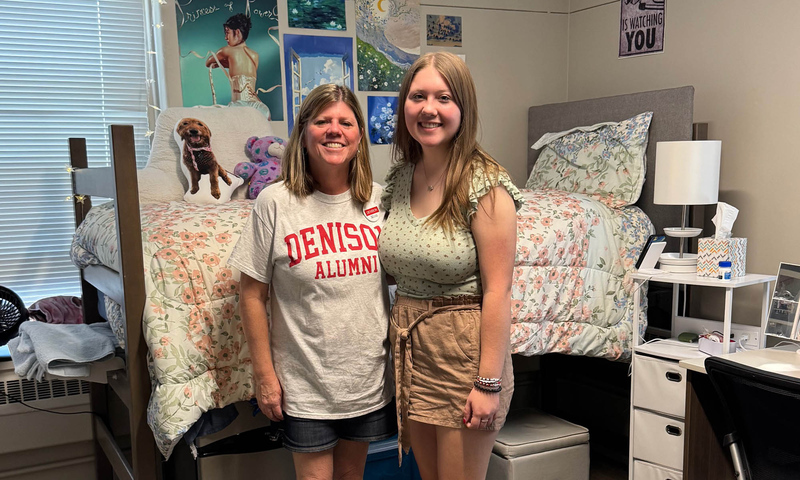Catherine Stuer, associate professor and chair of the Art History and Visual Culture (AHVC) department, wants her students to understand the breadth of careers that are available to graduates of the major.
She found a perfect opportunity in partnership with the spring 2025 Arts Remix Summit, which brought arts-oriented alums back to The Hill for a series of arts-themed events and workshops. It provided her students a chance to learn about career possibilities directly from people thriving in the art world.
Stuer was delighted to discover many AHVC alums could take part in the program. She organized three conversational events for students, faculty, and alums that highlighted different career paths.
“It was such a success,” she said. “Our alumni were so generous with their time and insights. I hope to bring them back to campus this fall.”
The first job art history major Laura Greenwald Einstein ’84 landed after graduation was at the iconic Metropolitan Museum of Art. Her duties may have extended to defrosting a freezer with a blow-dryer, “but I was at the ‘Met,’” she said. “I got my foot in the door.”
After gaining a master’s in Asian art from Ohio State University, Einstein took many career detours, working as a curator, lecturer, consultant, and director at several arts institutions, including the Yale University Art Gallery and the Center for Contemporary Printmaking. Today, she is back at the Metropolitan Museum of Art as the manager of the Mezzanine Gallery.
Einstein made a new arts connection at a Denison Vail Series event — an interview with the legendary Rita Moreno — that weekend. Looking for a seat in Swasey Chapel, she serendipitously landed next to fellow panelist and former Vail intern, Imani Congdon ’20.
“My dress with a Hieronymus Bosch print drew Laura’s attention,” said Congdon, who had recently achieved a master’s degree at New York University’s Institute of Fine Arts.
“We work three blocks from each other in New York, but never would have met if not for this opportunity. It was kismet.”
That meeting proved to be fortuitous. Funding for Congdon’s position was unexpectedly terminated shortly after they met. She reached out to Einstein for advice.
“Laura invited me to lunch along with one of her good friends — a print scholar — which is my speciality,” Congdon said.
Through that connection, Congdon landed a position creating a catalog of work and resumés for a collection of 20th-century artists. And she’s continuing to work in her field as a print scholar. “I just signed a contract for my first curated exhibition,” she said. “It’s based on the work of legendary printmaker Robert Blackburn during his time in Morocco.”
Einstein said the art world is small and connections are important. “My boss became my mentor and introduced me to other people,” she said.
“I’m very good at networking,” Einstein said. “As they say in Texas, it ain’t braggin’ if it’s true!”
Careers in fundraising for the arts
Clara Fecht’s passion for the fine arts was whetted by a series of internships at the Denison Museum and the Art Institute of Chicago. The 2012 graduate was preparing to enter a Ph.D. program when a post-graduate summer internship at the Art Institute of Detroit opened her eyes to another path.
“Half of my position at the Detroit Museum was fundraising,” said Fecht. When the internship ended, she was offered a full-time job in the development office.
That didn’t stop her from adding to her knowledge of art through the master’s program on Italian Baroque Art at the University of Toronto. Now Fecht is the director of individual giving at the Norton Museum of Art in West Palm Beach, Florida.
Being a liberal arts major gave her all the skills she needed to succeed.
“I love what I do, and I owe my abilities to talk about art intelligently, connect with donors, and visualize future projects to Denison and the liberal arts,” she said.
Big museums are showstoppers on resumés, but Fecht said you can learn a lot by working at smaller institutions. “When you work for a small or mid-sized organization, you learn to wear many different hats,” she said. “And the work is equally important.”
She said fundraising is about preserving art for the next generation.
“As the world continues to change, museums have an ability to tell stories that you won’t find in other places,” Fecht said. “We have a moral and civic obligation to preserve the arts culture for humanity now and in the future.”
Careers in art publishing
By her junior year at Denison, art history and philosophy double major Stephanie Rozman ’08 was convinced she wanted to work with museums. Today, her career as the publications manager and editor at the Toledo Museum of Art combines her passion for art with her facility with words.
Rozman’s first step after college was an internship with the National Museum of Asian Art at the Smithsonian, where she started building her arts network. “A curator there wrote a letter of recommendation to graduate school,” she said.
After receiving a master’s in South Asian art and architecture from the University of Minnesota, Rozman worked at the Harvard Art Museums in Cambridge, Massachusetts, and the Norton Simon Museum in Pasadena, California, before returning to the midwest.
As the lead for the museum’s book projects, she works closely with the curators who do deep dives into specific areas. “It’s important to have records of shows and research for future reference,” she said. “Six months later, I move into a completely different direction.”
For Rozman, who was on the quiz show Jeopardy! earlier this year, it’s a chance to learn fascinating and esoteric knowledge on a wide range of topics, such as the influence of fashion, war, and Hollywood on European jewelry, and how amulets, curse tablets, and demons illuminate the magic of the ancient world.
Part of her work involves communicating about art in new and compelling ways, and she offered practical tips to students about the written parts of their portfolios.
Forging new connections on The Hill
While much of their time on The Hill was spent sharing knowledge with students, the returning alums also found time with one another.
“It was so much fun to connect as peers,” said Fecht, “discussing museum work and bouncing brilliant ideas off one another.”
“We all felt like camp when we walked in the first day,” she said. “When we left, we all bought Denison gear. We are repping!”
